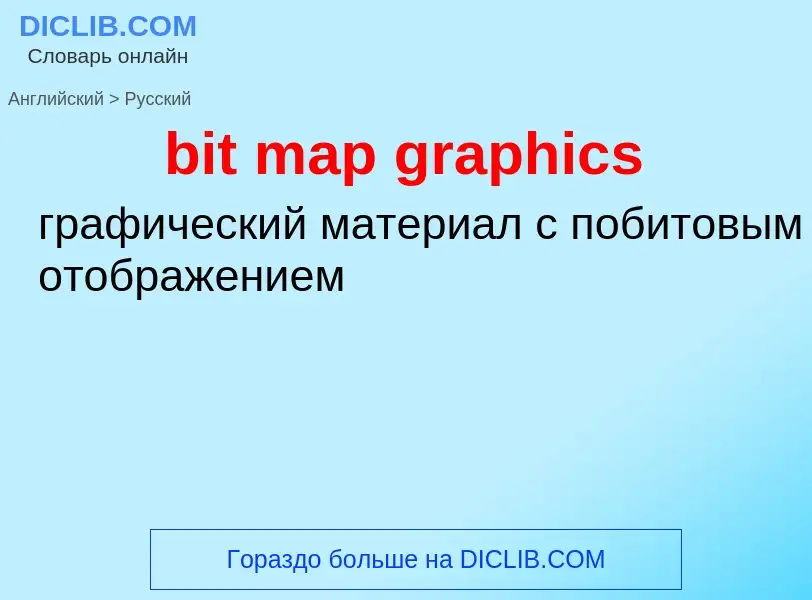Vertaling en analyse van woorden door kunstmatige intelligentie ChatGPT
Op deze pagina kunt u een gedetailleerde analyse krijgen van een woord of zin, geproduceerd met behulp van de beste kunstmatige intelligentietechnologie tot nu toe:
- hoe het woord wordt gebruikt
- gebruiksfrequentie
- het wordt vaker gebruikt in mondelinge of schriftelijke toespraken
- opties voor woordvertaling
- Gebruiksvoorbeelden (meerdere zinnen met vertaling)
- etymologie
bit map graphics - vertaling naar russisch
Смотрите также
математика
диадическое преобразование
Definitie
Wikipedia

The dyadic transformation (also known as the dyadic map, bit shift map, 2x mod 1 map, Bernoulli map, doubling map or sawtooth map) is the mapping (i.e., recurrence relation)
(where is the set of sequences from ) produced by the rule
- .
Equivalently, the dyadic transformation can also be defined as the iterated function map of the piecewise linear function
The name bit shift map arises because, if the value of an iterate is written in binary notation, the next iterate is obtained by shifting the binary point one bit to the right, and if the bit to the left of the new binary point is a "one", replacing it with a zero.
The dyadic transformation provides an example of how a simple 1-dimensional map can give rise to chaos. This map readily generalizes to several others. An important one is the beta transformation, defined as . This map has been extensively studied by many authors. It was introduced by Alfréd Rényi in 1957, and an invariant measure for it was given by Alexander Gelfond in 1959 and again independently by Bill Parry in 1960.


![reflection]] (almost free), either before or afterwards, amounts to a 90° image rotation in one direction or the other. reflection]] (almost free), either before or afterwards, amounts to a 90° image rotation in one direction or the other.](https://commons.wikimedia.org/wiki/Special:FilePath/Matrix transpose.gif?width=200)


